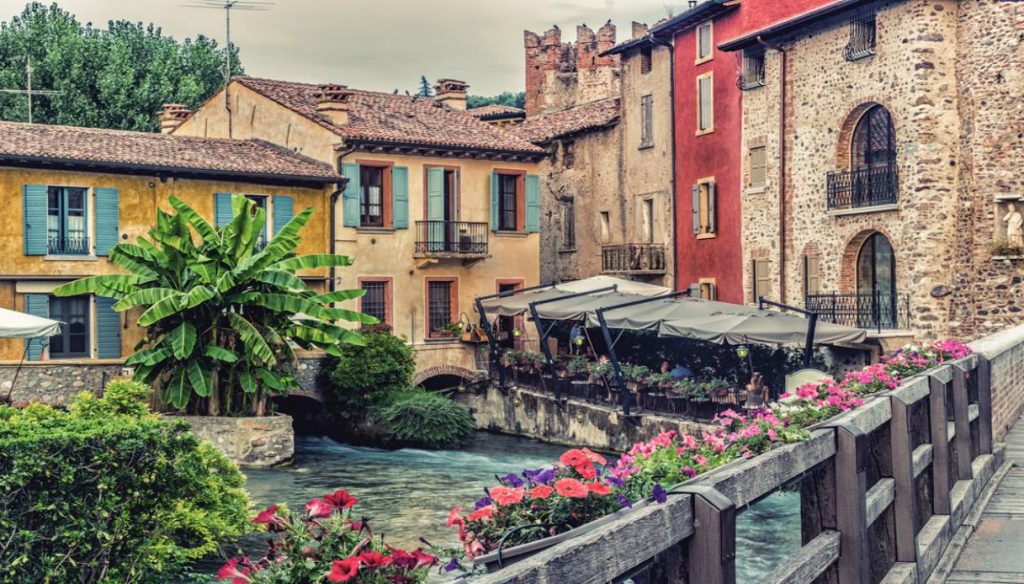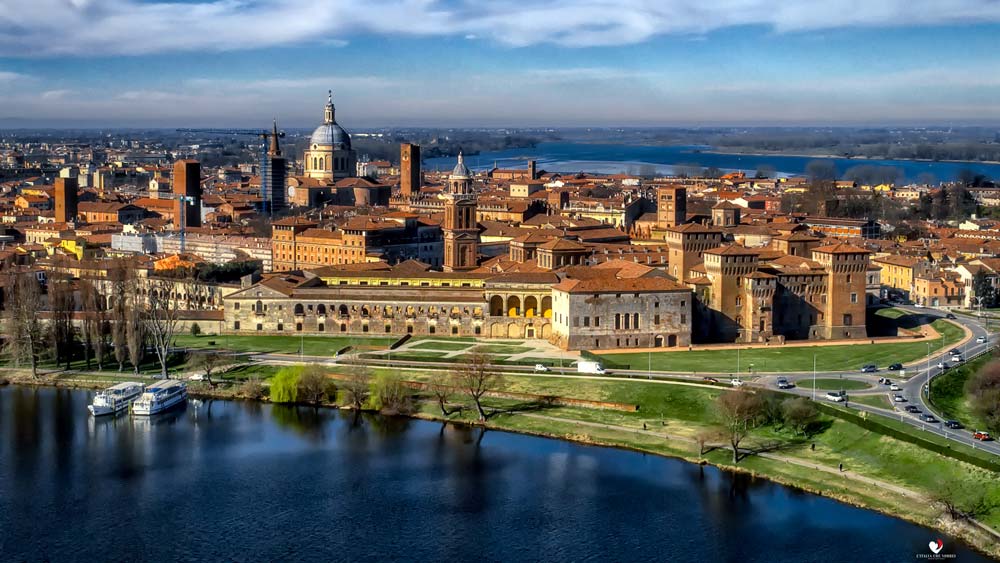SURROUNDINGS
Valeggio sul Mincio offers many options for your holidays, a short distance from the Hotel you can stroll through the suggestive alleys of Borghetto, in the calm of the Giardino Sigurtà park.
For lovers of amusement parks we recommend the Cavour park, Gardaland and the Parco Natura Viva zoo.
For lovers of movement we recommend the Mincio cycle path.
For cultural tourism the recommended destinations are the city of Mantua, Verona but also Lake Garda
Borghetto is certainly the best known hamlet of Valeggio sul Mincio for several reasons – historical, scenic and monumental – that make this place so interesting that it boasts its recent inclusion in the Club of the Most Beautiful Villages in Italy.

The Parco Giardino Sigurtà is a naturalistic park of 60 hectares located in Valeggio sul Mincio, in the province of Verona, 8 km from Peschiera del Garda. It won the prize for the most beautiful park in Italy in 2013 and for the second most beautiful park in Europe in 2015.
The Parco Giardino Sigurtà hosts countless naturalistic and historical attractions: in the months of March and April you can admire a million tulips, which represent the most important flowering in Italy and the richest in Southern Europe; the avenue of roses, which from May to September welcomes 30,000 remontant roses; a labyrinth, eighteen pools of water, where aquatic plants bloom between June and July, and immense green meadows.

On Lake Garda, in particular the Veronese and Trentina shores, there is a very good offer of amusement parks, among the largest in Italy: theme parks, water parks and natural parks among the most popular in Italy and often unique in their genre.

Mantua is an Italian town that is the capital of the province of the same name in Lombardy.
Since July 2008, the Lombard city of art has been included in the UNESCO World Heritage List.
Given its importance as the capital of the marquisate and then the duchy of Mantua, it is represented among the fourteen noble cities of the Vittoriano, as a symbol of “noble mother” and precursor of the subsequent Savoy monarchy and the unity of Italy.
